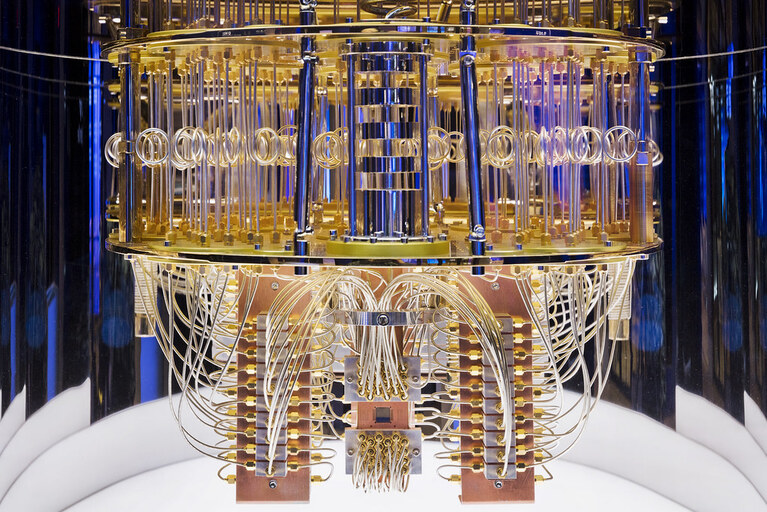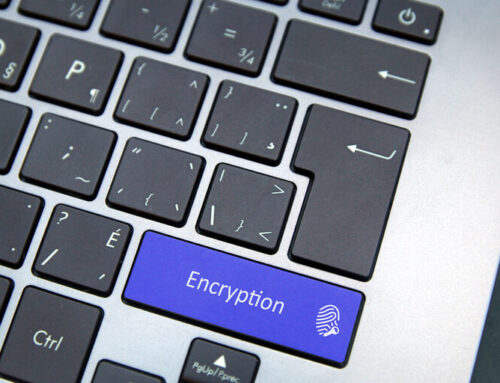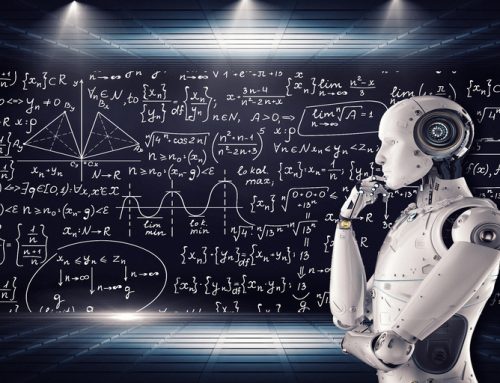
The innovation of computers is a boon for the modern techno era and human society. With the help of computers, human beings have solved many problems for mankind. Most computers can solve normal mathematical or calculative problems but they are not able to solve complex problems like highly scientific computing or intensive data processing. To solve these problems Super Computers had developed. These computers have multiple CPU and GPU units to perform fast and rigid operations very quickly. Even after this high capability Super Computers are not able to perform operations on multiple jobs at the same time. To solve this issue many research organizations come into the role of developing futuristic computers called Quantum Computer. Let’s find out some information regarding Quantum Computer.
History of Quantum Computer:
The Quantum Computers were proposed in 1980 by well-known physicist Richard Feynman and mathematician Yuri Manin. Richard Feynman proposed the basic model for a Quantum Computer that would be able to perform simulation-based operations.
In 1994, Peter Shor presented an algorithm that can efficiently find the factors of large numbers, significantly outperforming the best classical algorithm and theoretically, this algorithm is capable of breaking many of the encryptions/cryptosystems used today. The ability to break any encryption system in hours rather than millions of years using Quantum Computers put a fire in computer space. This algorithm is known as the famous Shor’s Alogorithm.
In 1996, Lov Grover invented a quantum database search algorithm that presented a quadratic speed up (4X) for a variety of problems. Any problems that had to be solved by random or brute force search could now be solved four times faster. It is now referred to as Grove search algorithm.
In 1998, a working 2-Qubit quantum computer was built and solved the first quantum algorithms such as Grover’s algorithm. The race into a new era of computer power began and more and more applications were developed.
What is Qubit?
Normal computers are working on bits 0’s and 1’s but quantum computers are working on Qubit. A Qubit (also known as quantum bit) is the quantum mechanical analogue of classical bit. In traditional computer the information is encoded in bits, where each bit can have the value zero or one. In the case of Quantum Computer the information or data is encoded in Qubits. A Qubit is a two-level quantum system where it can hold 0 and 1 at the same time. Qubits are physically derived from small quantum objects, such as electrons or photons, where a pure quantum mechanical state such as the spin indicates the ones and zeros, similar as conventional computers.
How Quantum computer works?
Quantum computer uses Quantum processor which is bigger than the one found in a normal computer system. A quantum hardware system is about the size of a four-wheeler (i.e. car), made up mostly of cooling systems to keep the superconducting processor its ultra-cold (below -100 degree Kelvin) operational temperature. A conventional computer processor uses bits 1’s and 0’s to perform its operations whereas in Quantum Computer Qubits are used to run multidimensional quantum algorithms.
Our desktop uses normal fans to get cool and work but in a quantum computer, extremely low temperature is used to generate a superconducting state. In the Superconducting State of material, electrons flow freely without resistance. The materials where the superconducting state is achieved are known as superconductors. When electrons pass through superconductors they match up, forming Copper Pairs. These pairs can carry a charge across barriers, or insulators, through a process known as Quantum tunneling. The two superconductors are placed on either side of a dielectric material to form a Josephson junction. This Josephson junction works as superconducting Qubits. By firing microwave photons at these Qubits their behavior can be changed. That’s how individual units of quantum information hold and change in Qubits. A Qubit itself is not useful but it can perform an important role by placing the quantum information it holds into a state of superposition. The superposition state represents a combination of all possible configurations of the Qubit. Multiple qubits in superposition can create complex, multidimensional computational spaces. In these multidimensional spaces, complex problems can be represented.

Superconducting state
Limitation of Quantum computers:
Quantum computers are currently available on a small scale with a small number of Qubits. Although this issue has improved in the last few decades, further progress in the development of quantum computers requires addressing other technical issues such as quantum error correction. It is fundamentally difficult to scale up the capacity of quantum chips because quantum information cannot be copied and subsystems are not independent. Anyhow most of the research and development organizations are working to overcome these hurdles and are starting to evolve as commercially usable in quantum computers.
Applications of Quantum Computer:
Quantum computers can be used for multipurpose:
- In banking for algorithmic trading
- Weather forecasting with more accuracy
- In medical field to treat severe disease, medicinal research, and more
- By using these computers we can easily calculate the possibility of an event with more certainty.
Thanks for reading. See you soon with another exploration!






Good effort to define the complexity in layman’s language